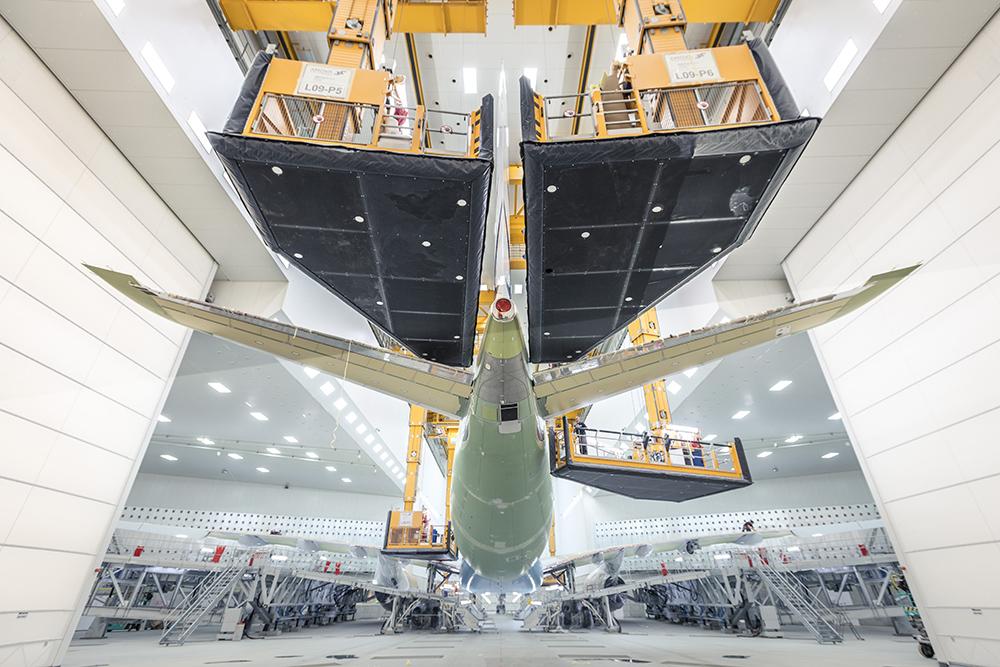
Toulouse-based Satys Aerospace recently announced an ambitious program to expand its aircraft painting capabilities and to significantly boost its decarbonization efforts.
The company struggled through the COVID-19 period and, during 2020 and 2021, it lost 35% of its business, which includes an aircraft component division. By the start of the 2024 financial year, however, Satys had reported double-digit growth primarily due to a ramp up in its civil and military programs, a rise in demand for services by airlines, increased maintenance activities and acquisitions.
Satys Aerospace already operates in 13 countries and it is working on several other projects. Gregory Mayeur, the group’s general manager, says expansion in North America, the Middle East and Asia is in progress in addition to local investment. Three new facilities are planned in North America within 18 months and another three in the Middle East and Asia.
“These new facilities are either under discussion or under an MOU (memorandum of understanding) contract,” Mayeur tells Aviation Week. “This expansion is not just an ambition or an intention, but a reality, because the customers behind these projects need new capabilities,” he adds. Mayeur expects the new paint hangers to be operational by at least mid to end of 2025.
Satys is working to develop its operating capacity in the U.S. and Mayeur believes it is a dynamic market that will drive growth and increase its market share in the region, especially with existing customers like Airbus and Dassault Aviation.
Closer to home, Satys has invested heavily in France. In 2023 it commissioned a paint shop for ATR aircraft and new production lines, including paint and surface treatment for aircraft components. A new long-haul aircraft paint shop is planned in Chateauroux in 2025.
Airbus and Dassault are longstanding Satys customers and their planned ramp up in production will put pressure on an already stressed supply chain. Mayeur suggests it will be a significant challenge for the OEMs and Satys, considering that order books are full for the next decade.
“This is the first time we are facing this kind of trend,” he says. Despite the ongoing supply chain woes, Mayeur reports that raw material for painting has not been an issue this far.
Mayeur thinks industrial capabilities are ready to operate but the major challenge is to hire and train workforce for the appropriate capacity. He projects that 300 workers are needed each year to meet worldwide growth. “At Satys, we have created a campus to improve our attractiveness and better manage the hiring and training process,” he says. “At this stage we feel more comfortable than we did in the past two years.”
The company is placing even more emphasis on environmental and social responsibility. Mayeur says Satys is the first supplier to invest in anaphoresis surface treatment technology in Europe for the aerospace sector. The Dugny site, near Paris, now has a production line using this technology and it represents a turning point for a business which, until now, had used treatments based on chromates, heavy metals and pollutants.
“The implementation of the anaphoresis industrial line cost us €7 million (approximately $7.6 million) and the size of the bath will enable us to treat and protect some parts of 2.5 m (8.2 ft.) in length,” Mayeur says.
Satys estimates anaphoresis technology will enable a 95% reduction in volatile organic compound emissions and will ultimately terminate the use of chrome at the company.





